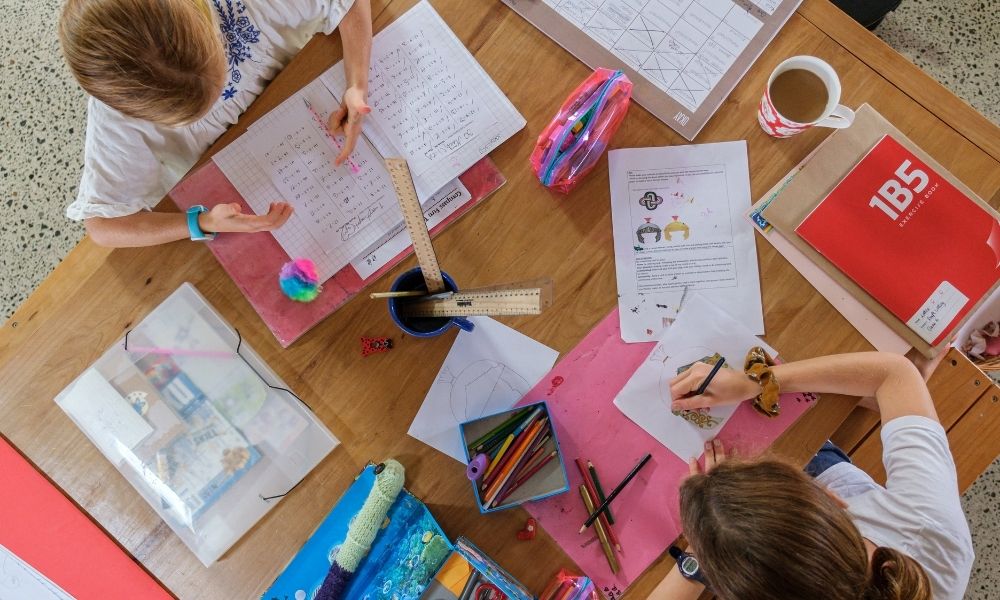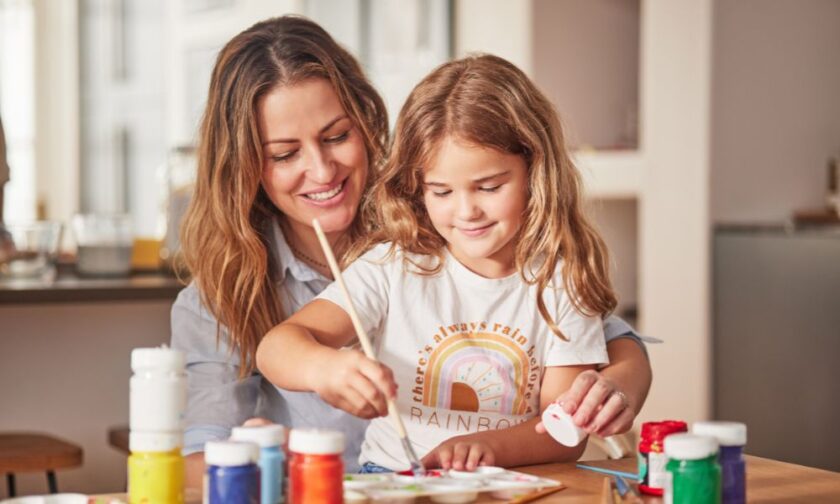When you’re homeschooling your child, a designated learning space is essential for them and the entire family. It can be easy to allow your homeschool materials to take over your whole house. But having a specific learning space will improve your child’s concentration and motivation, especially when you have students with learning disabilities. You don’t need to overhaul every room to accommodate an at-home learning space. With a few simple strategies, you can create an effective classroom right at your kitchen table. Here are a few tips for setting up your homeschool space.
Tour Your Home
Take an objective tour of your home and look for the best possible area to use as a home classroom. Touring your home with the kids out of the house is ideal. Explore each room and see where the most kid-related distractions are. Ask yourself these questions:
- Is there a place for supply storage?
- Are there too many distractions (i.e., a television or bright colors)?
- Can you easily adapt this room into a learning space?
- Do your children feel comfortable in it?
Set a Dedicated Space
Once you’ve toured your home, settle on the most practical room or area. Designating a dedicated space for children’s homeschooling is essential for both child and parent. Not only will this help your kids stay motivated, but it will help you keep your home organized. A homeschool space doesn’t have to be an entire room. For instance, you can dedicate a kitchen table as a classroom during school hours.
Be sure to create a system of cleaning up school supplies at the end of the day. Having a clear boundary between learning and non-learning times will help prevent burnout.
Organize the Learning Space
You don’t have to completely change the space for a homeschool classroom to be effective. As long as your child has a comfortable chair, a table, and supplies that they can easily access, your classroom will be successful. If this is a shared space that serves other functions, make sure that the area is uncluttered. You should keep supplies in a neat container, such as a craft cart. Organizing and clearly labeling supplies makes set-up and clean-up times much easier.
A workbox system can be an effective tool for organizing assignments. With it, you place your child’s lessons and workbooks in a series of boxes the night before. Your kid can complete them in order, which allows them to work more independently.
Create Pleasing Aesthetics and Eliminate Distractions
Creating a welcoming atmosphere is especially important for students with learning disabilities. Eliminating distractions is crucial for students who undergo homeschool standardized testing.
You and your child need to put away toys during learning hours and minimize television sounds and music. If you can, paint the walls a soothing color, like blue or green. Create a bulletin board showcasing your student’s academic achievements and art projects to encourage them.
Take Time Outside
Don’t forget to go outside! Flexibility is a plus in homeschooling. On nice days, set up an outside classroom on a porch or deck. You can even tailor assignments to include nature. Getting the kids outside to learn every so often will give them a change of scenery and revitalize their motivation.
Creating an effective homeschool classroom is possible! With these tips for setting up your homeschool space, you and your student will find the learning process much more manageable.






